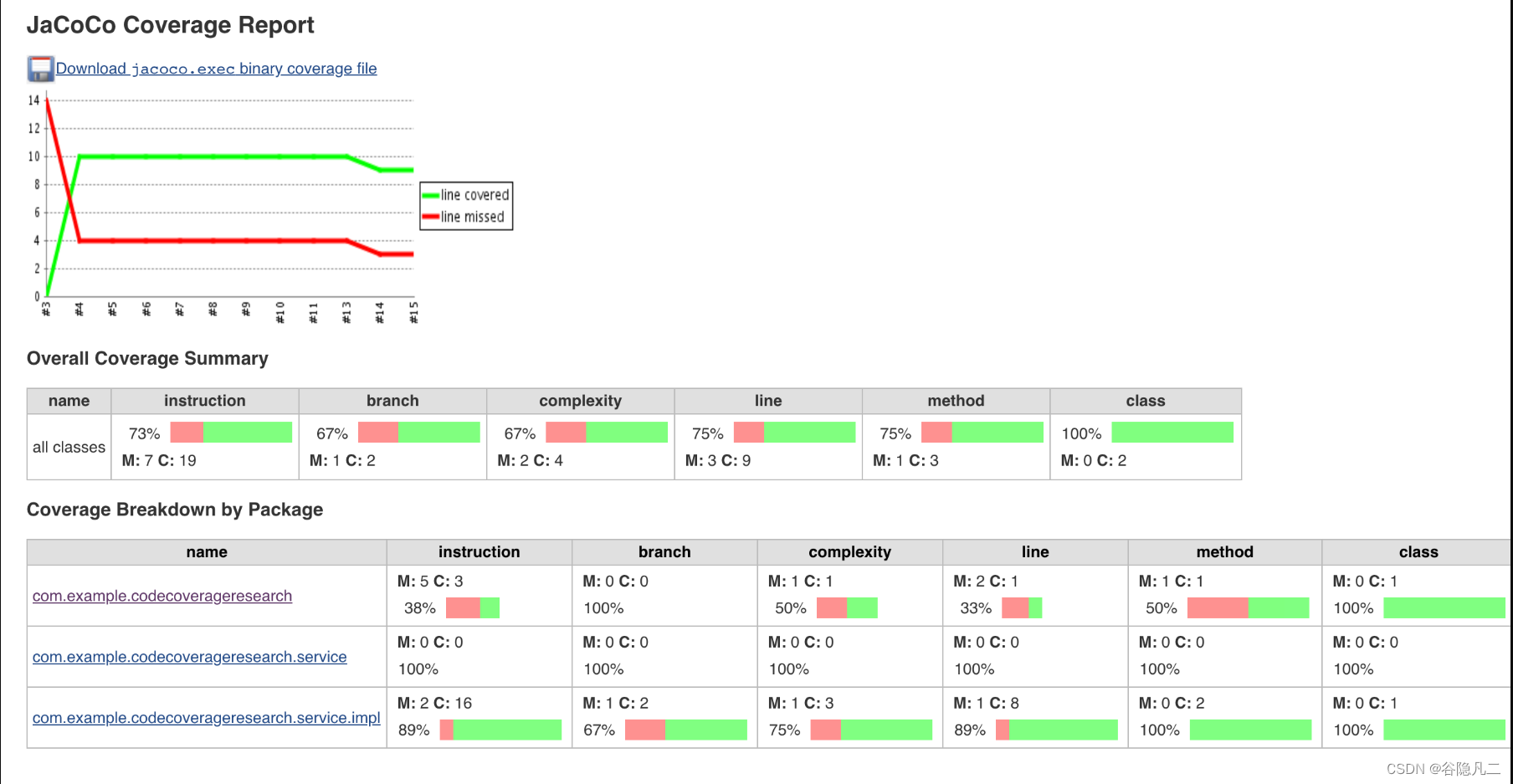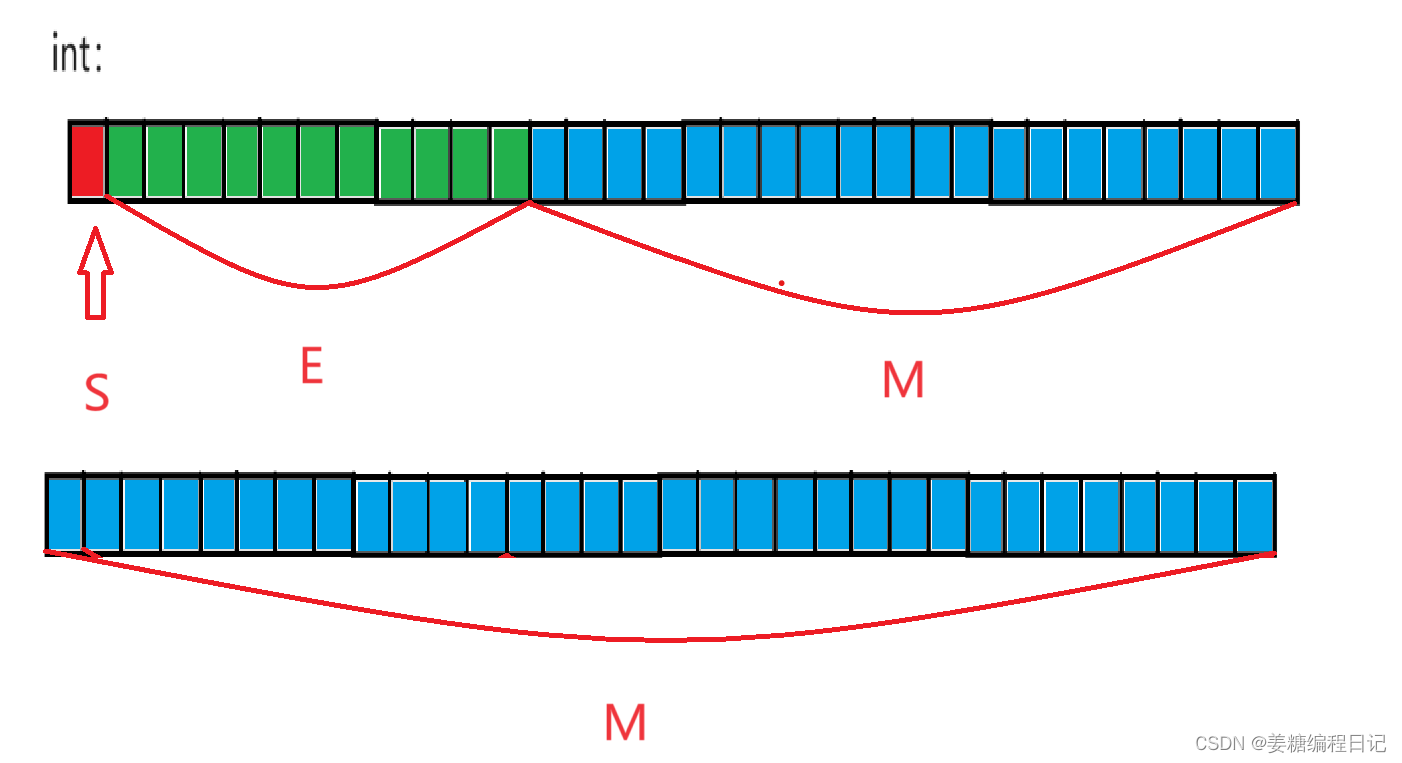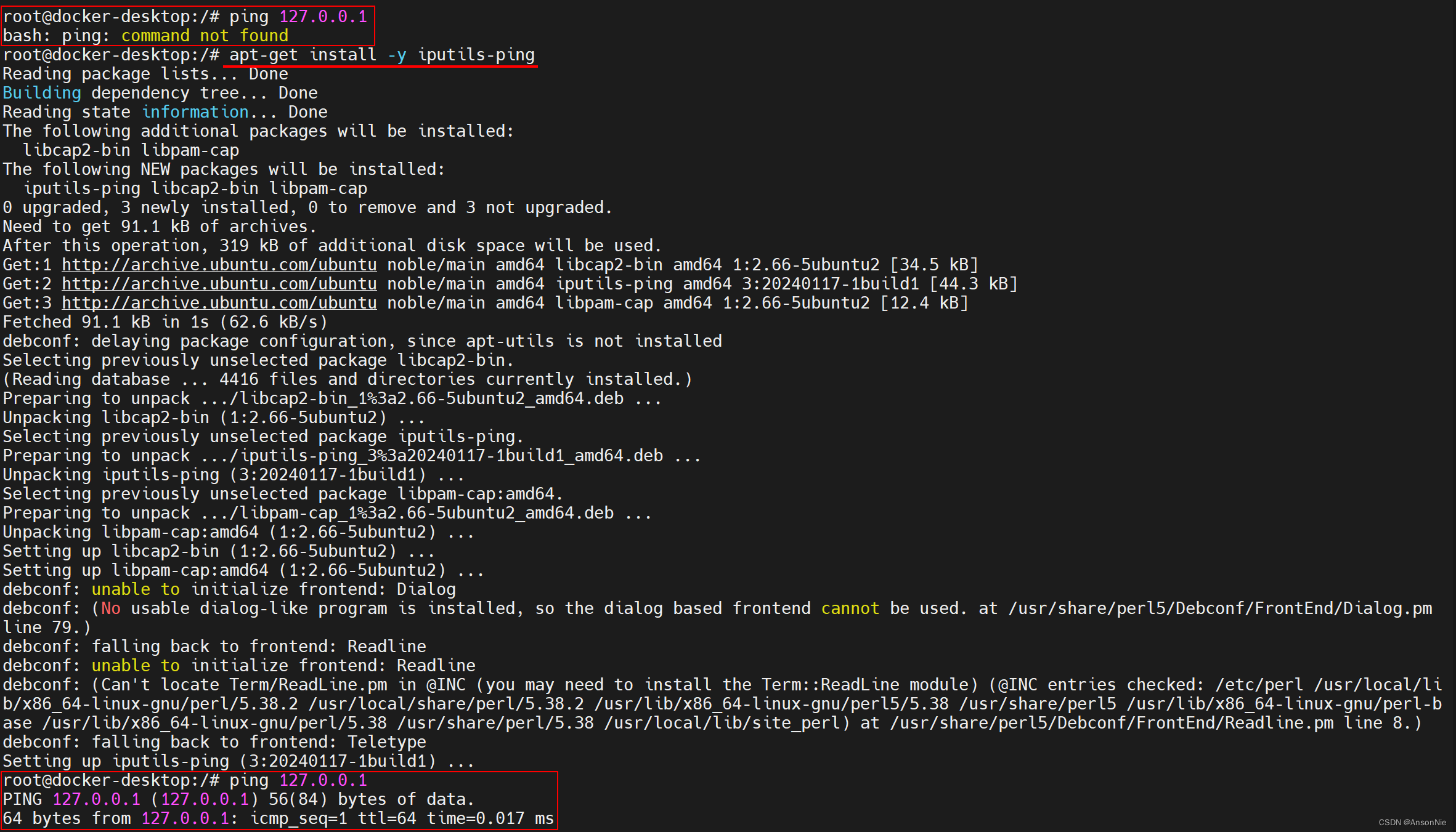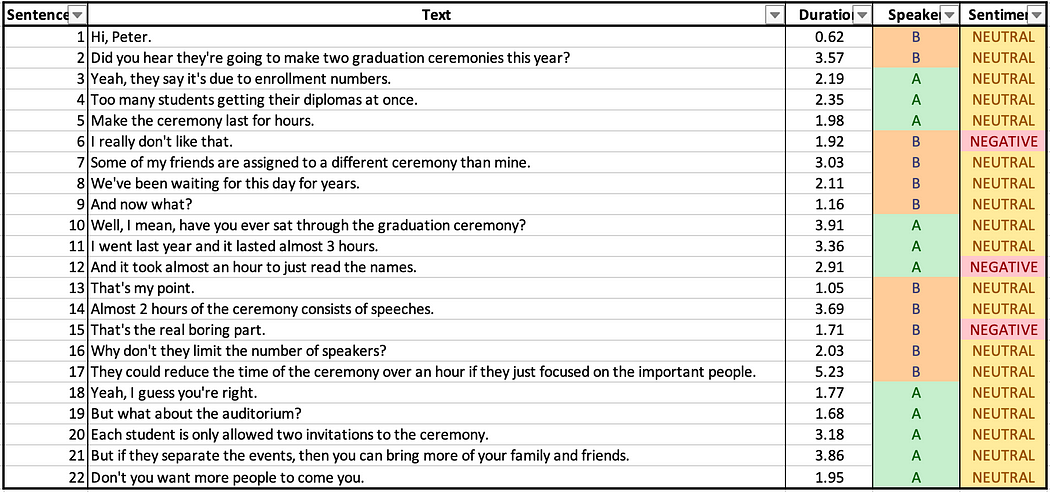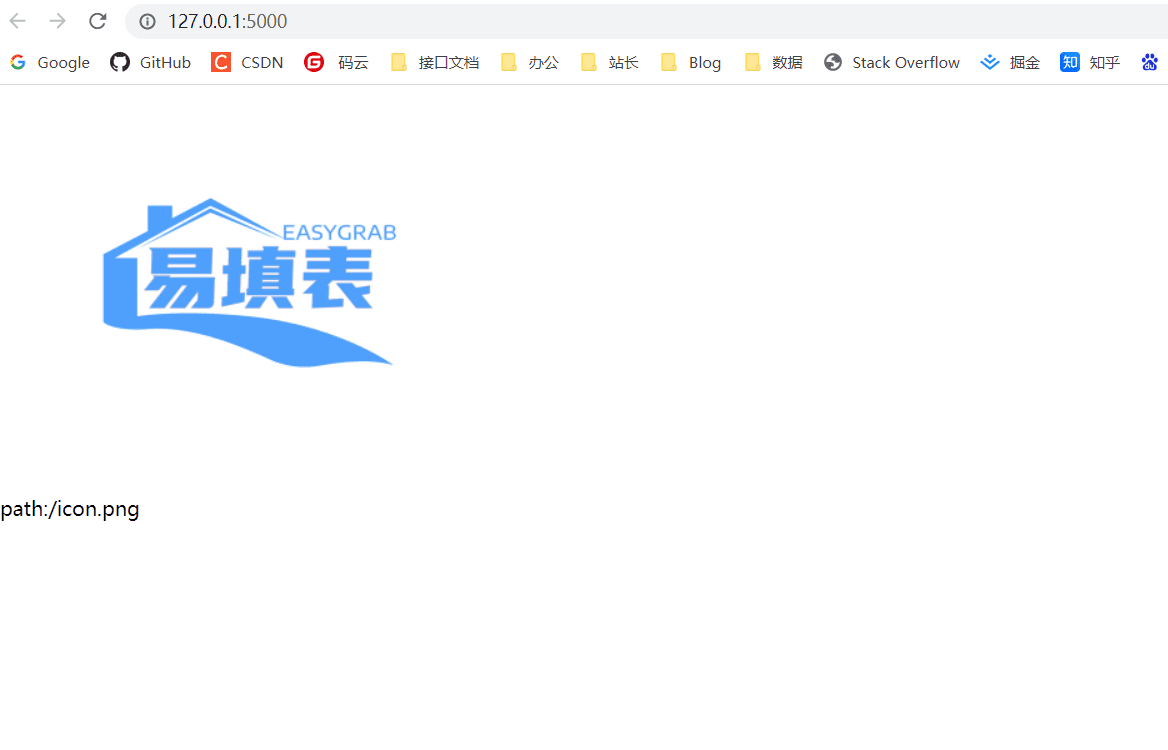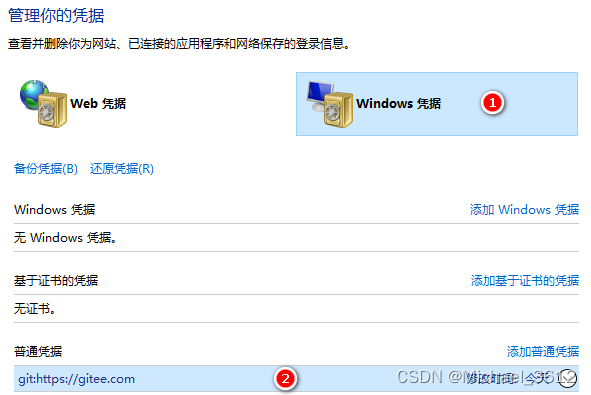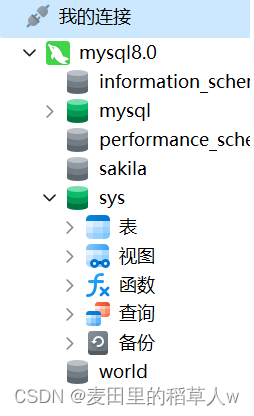背景:
常见的抓包工具有tcpdump和wireshark,二者可基于网卡进行抓包:tcpdump用于Linux环境抓包,而wireshark用于windows环境。抓包后需借助包分析工具对数据进行解析,将不可读的二进制数转换为可读的数据结构。
wireshark不仅可以作为抓包工具,还可以作为包解析工具。Wireshark针对常见协议都提供了对应的解析插件,
如: TCP、UDP、HTTP、SIP等;同时提供了自定义插件机制,用户可以基于此解析自定义消息。至于插件,wireshark支持C语言插件和Lua插件,Lua作为脚本不需要编译,方便调试,速度相对C语言较慢。由于抓包时可以根据条件过滤,且一般数据包分析在本地进行,这部分性能优势相对于Lua脚本的方便性可以忽略。
因此,本文的主体内容是介绍如何在Wireshark中开发自定义插件解析消息。
1.插件配置方式
1.1 配置protobuf加载路径
根据Wireshark->Preferences->Protocols路径进入配置页面(Windows中路径为 “编辑->首选项->Protocols” ):
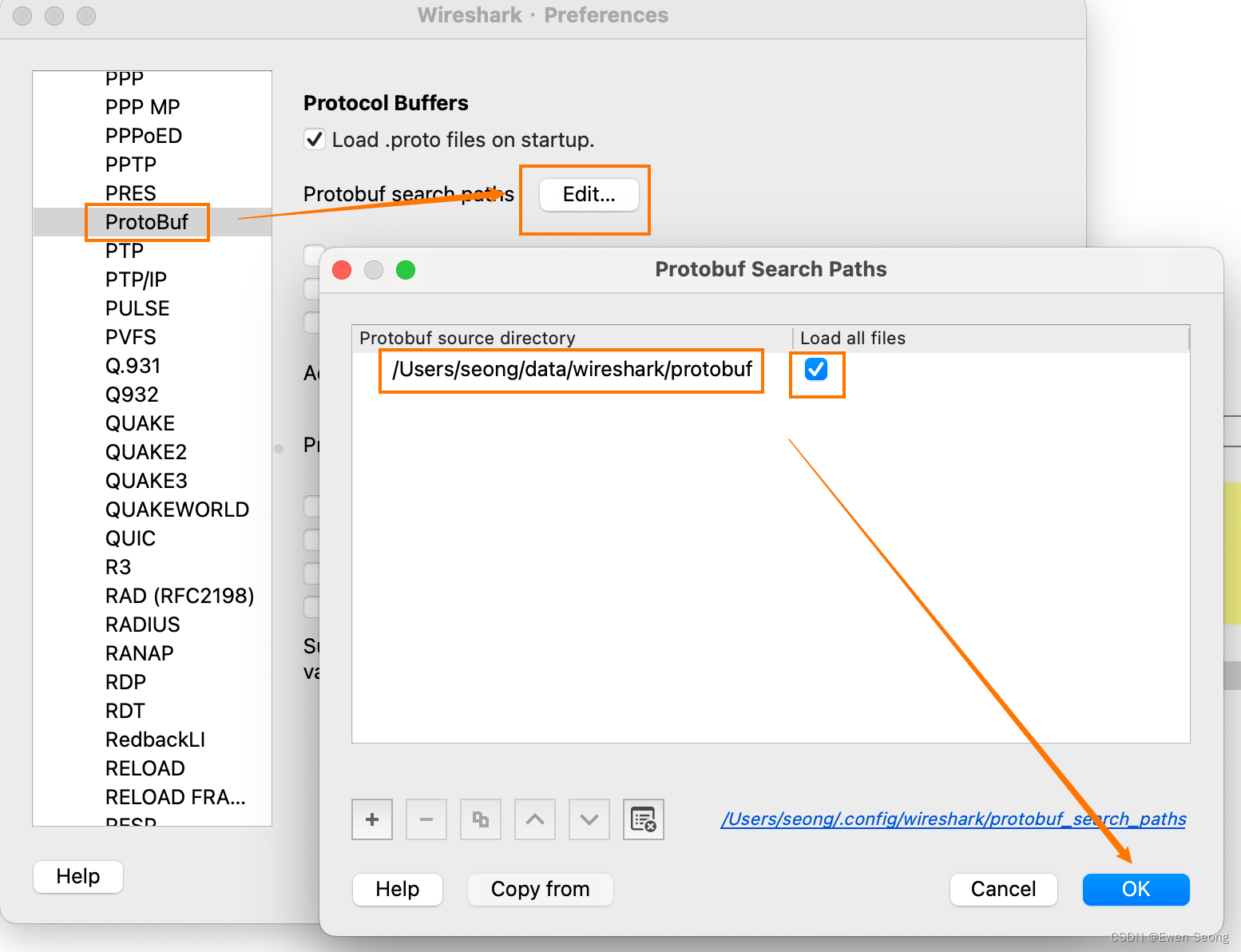
勾选Load .proto files on startup选项,然后点击Edit按钮开始配置。添加proto文件所在文件夹,勾选"load all files"选项。
经过上述配置,已经为wireshark指定了查找proto文件的路径,后续在lua脚本中可直接使用proto文件。
1.2 配置lua脚本路径
根据Wireshark->About Wireshark->Folders路径进入配置页面(windows下路径为: 帮助->关于->文件夹):

添加或者查看个人Lua插件的存放位置,后面开发的插件需要存放到这个路径下才会生效。添加或者修改lua插件后,需要重新加载lua插件:"分析->重新载入Lua插件"或者通过快捷键Ctrl+Shift+L.
1.3 Lua console调试工具
在"Tools->Lua console"页面可以编写和执行Lua脚本,可用于调试:
![[外链图片转存失败,源站可能有防盗链机制,建议将图片保存下来直接上传(img-W2T20zdx-1717753458062)(C:\Users\0216001379\AppData\Roaming\Typora\typora-user-images\1716602725265.png)]](https://img-blog.csdnimg.cn/direct/2dbdb3c763844c0595e7981587bb4d6f.png)
说明:调试工具是开发Lua插件的关键,结合快捷键Ctrl+Shift+L,通过打印提示信息,可以快速定位和发现问题。
2.wireshark关于Lua API介绍
Lua语法请参考: Lua使用方式介绍
Lua API参考自: https://mika-s.github.io/wireshark/lua/dissector/2017/11/04/creating-a-wireshark-dissector-in-lua-1.html
这部分介绍wireshark为Lua脚本的API,以及根据如何使用这些API实现自定义Lua插件。介绍Lua API前,有必要对Wireshark页面进行介绍:

需要关注上图红色标注的区域,包括:column区、tree区、data区,后续API会操作这些区域。
2.1 定义协议
seong_protocol = Proto("seong", "seong description")seong_protocol.dissector = function(buffer, pinfo, tree)local subtree = tree:add(seong_protocol, buffer(),"Seong Message Data");
endDissectorTable.get("tcp.port"):add(9003, seong_protocol)
将上述Lua插件注册到环境后,可使用自定义的seong协议过滤消息,Wireshark页面显示如下:

定义协议需要三个步骤:定义Proto协议对象,为Proto对象添加解码器方法,将Proto对象与对应的端口进行绑定。
[1] 定义协议对象
seong_protocol = Proto("seong", "seong description")
Proto作为构造参数用于创建Proto对象,接收两个参数,协议名称和协议描述。
[2] 为协议对象添加解析器
解析器函数:
seong_protocol.dissector = function(buffer, pinfo, tree)local subtree = tree:add(seong_protocol, buffer(),"Seong Message Data");
end
函数包括三个入参:
(1) buffer为二进制消息数据,可以通过类似buffer(0,2)方式从消息中截取字节数组;
(2) pinfo为数据包的元数据对象,包括消息大小、源地址/目标地址、大小、时间戳等信息;
(3) tree为协议树节点对象,数据结构会被渲染在tree区。
tree.add方法:
解析器内部的tree:add(seong_protocol, buffer(),"Seong Message Data")功能是: 在tree区域添加一个子树(并返回子树的引用)。其中第一个参数是必选的,后面两个参数是可选的:
(1) 协议参数
tree区域中,每层协议对应一个子树,即每个子tree需要与指定的协议绑定,此时需要为seong协议创建一个子树:
local subtree = tree:add(seong_protocol, nil, nil);
后续通过操作subtree对象,为seong协议子树添加显示数据。
(2) 数据参数
当传递为nil和buffer或者buffer(0,2) 时,鼠标选中seong协议时,关联的data区域不同:

(3) 描述信息
当描述信息为nil时,wireshark会选择使用协议的描述信息展示。
[3] 将协议与端口绑定
将协议与端口绑定后,Wireshark会自动将该端口上的消息使用绑定的协议解析:
DissectorTable.get("tcp.port"):add(9003, seong_protocol)
此时,TCP协议的9003端口的消息使用seong插件解析。
2.2 修改Column区
在过滤窗口,通过seong过滤后,可以得到TCP-9003端口的消息,显示的Protocol协议仍未TCP,应该修改为seong. 在解析器内部添加语句pinfo.columns.protocol:set(seong_protocol.name),得到:
seong_protocol = Proto("seong", "seong description")seong_protocol.dissector = function(buffer, pinfo, tree)local subtree = tree:add(seong_protocol, buffer(),"Seong Message Data");pinfo.columns.protocol:set(seong_protocol.name);
endDissectorTable.get("tcp.port"):add(9003, seong_protocol)
Wireshark显示为:

消息的协议名称修改为了seong.
除了protocol外,还可以通过pinfo.columns对象修改columns区域的其他字段的内容, 如修改info消息:
pinfo.columns.info:set("此时充值VIP可观看");

2.3 修改Tree区
Tree区为重点区域,自定义插件的核心功能是为了在这个区域直观地展示消息的内容。解析器的重点职责是从二进制数据中解析消息,并将消息作为字段添加到tree上,从而在Tree区域展示。
以下结合两种方式,其中通过Proto对象的fields属性方式是官方文档的推荐方式;直接操作tree对象方式是个人探索所得,相对比较简单(可能有坑)。
2.3.1 Proto对象的fields属性方式
先给出案例:
seong_protocol = Proto("seong", "seong description")message_length = ProtoField.int32("message_length", "Message-Length", base.DEC)
seong_protocol.fields = {message_length}seong_protocol.dissector = function(buffer, pinfo, tree)local subtree = tree:add(seong_protocol, buffer(),"Seong Message Data");pinfo.columns.protocol:set(seong_protocol.name);subtree:add(message_length, 123456)
endDissectorTable.get("tcp.port"):add(9003, seong_protocol)
与之前的lua脚本区域在于新增了Proto.fields相关的逻辑:
[1] 声明字段类型
message_length = ProtoField.int32(“message_length”, “Message-Length”, base.DEC)
创建一个属性,属性名称为message_length,描述为Message-Length(显示使用), 为十进制的整数。
[2] 字段添加到协议对象中
seong_protocol.fields = {message_length}
[3] 为message_length赋值,并添加到tree中
subtree:add(message_length, 123456)
此时, wireshark显示如下:

2.3.2 直接操作tree对象
通过subtree:add(字符串)方法直接将字符串设置到tree对象上:
seong_protocol = Proto("seong", "seong description")seong_protocol.dissector = function(buffer, pinfo, tree)local subtree = tree:add(seong_protocol, buffer(),"Seong Message Data");pinfo.columns.protocol:set(seong_protocol.name);subtree:add("Message-Length: " .. 11223344)
endDissectorTable.get("tcp.port"):add(9003, seong_protocol)

2.3.3 简单案例
假设消息中前两个字节表示有效的数据长度:
seong_protocol = Proto("seong", "seong description")seong_protocol.dissector = function(buffer, pinfo, tree)local subtree = tree:add(seong_protocol, buffer(),"Seong Message Data");pinfo.columns.protocol:set(seong_protocol.name);subtree:add("Message-Length: " .. buffer(0,2))
endDissectorTable.get("tcp.port"):add(9003, seong_protocol)
其中,buffer(0,2)从二进制消息中提取前两个字节; subtree:add方法调用时,可以关联data区域:
subtree:add("Message-Length: " .. buffer(0,2)) 修改为
subtree:add(buffer(0,2), "Message-Length: " .. buffer(0,2)):
显示如下:

3.案例
3.1 protobuf文件准备
Person.proto文件:
syntax = "proto2";option java_package = "com.seong";option java_outer_classname = "TestProtoMsg";message Person {required int32 id = 1;required string name = 2;required bool isMale = 3;repeated Address address = 4;
};message Address {required string country = 1;optional string location = 2;
};
编译后,生成com.seong.TestProtoMsg类,内部有Person和Address两个内部类,生成的Java类将在服务端和客户端程序中使用。然后将Person.proto文件放到1.1章节中配置的protobuf加载路径下。
3.2 Java服务端和客户端单例
使用Netty构建一个服务端(监听端口为9999)与客户端, 二者之间通过TCP-Protobuf通信,消息格式如下:

首部固定为AAAA(2字节),消息大类为BB(1字节), 消息子类为CC(1字节),消息长度表示PB消息体的长度(2字节),PB消息内容为5.1中Person.proto文件的protobuf消息。
关于Netty相关代码这里不进行介绍,请参考IO系列-netty相关的文章。
客户端:
(1) 客户端Netty模板代码:
public class Application {public static void main(String[] args) throws Exception {new Application().start();}public void start() throws Exception {EventLoopGroup group = new NioEventLoopGroup();try {Bootstrap b = new Bootstrap();b.group(group).channel(NioSocketChannel.class).handler(new ChannelInitializer<SocketChannel>() {@Overrideprotected void initChannel(SocketChannel ch) {ch.pipeline().addLast(new PersonProtoBufEncoder());}});ChannelFuture f = b.connect("localhost", 9999).sync();f.channel().writeAndFlush(buildPersonMsg());f.channel().closeFuture().sync();} finally {group.shutdownGracefully();}}
}
(2) 构造消息: 根据PB定义构造案例消息
private TestProtoMsg.Person buildPersonMsg() {TestProtoMsg.Person.Builder personBuilder = TestProtoMsg.Person.newBuilder();personBuilder.setId(1960001001);personBuilder.setName("ue001");personBuilder.setIsMale(false);TestProtoMsg.Address.Builder addressBuilder = TestProtoMsg.Address.newBuilder();addressBuilder.setCountry("zh-CN");addressBuilder.setLocation("NanJing");personBuilder.addAddress(addressBuilder.build());return personBuilder.setId(1).build();
}
(3) Protobuf编码器:将TestProtoMsg.Person对象编码为二进制数据,然后发送给服务端
public class PersonProtoBufEncoder extends MessageToByteEncoder<TestProtoMsg.Person> {private static final int TYPE = 4;private static final int LENGTH = 4;@Overrideprotected void encode(ChannelHandlerContext ctx, TestProtoMsg.Person person, ByteBuf byteBuf) {byte[] playLoadBytes = person.toByteArray();int playLoadLen = playLoadBytes.length;ByteBuf msgBuffer = Unpooled.buffer(TYPE + LENGTH + playLoadLen);msgBuffer.writeBytes(new byte[] {(byte)0xAA, (byte)0xAA});msgBuffer.writeBytes(new byte[] {(byte)0xBB, (byte)0xCC});msgBuffer.writeInt(playLoadLen);msgBuffer.writeBytes(playLoadBytes);byteBuf.writeBytes(msgBuffer);}
}
服务端:
(1) 服务端Netty模板代码:
public class Application {public static void main(String[] args) throws Exception {new Application().start(9999);}public void start(int port) throws Exception {EventLoopGroup bossGroup = new NioEventLoopGroup();EventLoopGroup workerGroup = new NioEventLoopGroup();try {ServerBootstrap b = new ServerBootstrap();b.group(bossGroup, workerGroup).channel(NioServerSocketChannel.class).handler(new LoggingHandler(LogLevel.INFO)).childHandler(new ChannelInitializer<SocketChannel>() {@Overridepublic void initChannel(SocketChannel ch) {ch.pipeline().addLast(new PersonProtoBufDecoder());ch.pipeline().addLast(new PersonProtoServerHandler());}}).option(ChannelOption.SO_BACKLOG, 128).childOption(ChannelOption.SO_KEEPALIVE, true);ChannelFuture f = b.bind(port).sync();f.channel().closeFuture().sync();} finally {workerGroup.shutdownGracefully();bossGroup.shutdownGracefully();}}
}
(2) 解码器: 将来自客户端的二进制数据解码为TestProtoMsg.Person对象
public class PersonProtoBufDecoder extends ByteToMessageDecoder {private static final int TYPE_HEAD = 4;private static final int LENGTH_HEAD = 4;private static final int HEAD_LEN = TYPE_HEAD + LENGTH_HEAD;@Overrideprotected void decode(ChannelHandlerContext channelHandlerContext, ByteBuf byteBuf, List<Object> list) throws Exception {byte[] msgBytes = new byte[byteBuf.readableBytes()];byteBuf.readBytes(msgBytes);int msgLen = msgBytes.length;if (msgLen <= HEAD_LEN) {return;}byte[] bodyMsg = new byte[msgLen - HEAD_LEN];System.arraycopy(msgBytes, HEAD_LEN, bodyMsg, 0, msgLen - HEAD_LEN);TestProtoMsg.Person person = TestProtoMsg.Person.parseFrom(bodyMsg);list.add(person);}
}
(3) 解码后的消息处理: 打印TestProtoMsg.Person对象
@Slf4j
public class PersonProtoServerHandler extends ChannelInboundHandlerAdapter {@Overridepublic void channelRead(ChannelHandlerContext ctx, Object msg) {if (!(msg instanceof TestProtoMsg.Person)) {ctx.fireChannelRead(msg);return;}LOGGER.info("Receive from client, msg is {}.", msg);}
}
运行结果如下所示:
17:17:42.874 [nioEventLoopGroup-3-1] INFO com.seong.PersonProtoServerHandler - Receive from client, msg is id: 1
name: "ue001"
isMale: false
address {country: "zh-CN"location: "NanJing"
}
.
3.3 抓包分析
通过wireshark或者tcpdump可进行抓包,这里对端口进行过滤(9999):

可以看到客户端与服务端的通信数据包已被获取,为二进制数据,没有可读性。
3.4 Lua脚本定义协议
-- 自定义协议:Proto构造函数有两个参数:名称和描述
seong_protocol = Proto("seong", "seong Message")
-- 添加一个字段,用于在数据树中显示
message_length = ProtoField.int32("seong.message_length", "PB-Message-Length", base.DEC)
seong_protocol.fields = {message_length}-- 自定义协议的解析器
seong_protocol.dissector = function(buffer, pinfo, tree)-- 消息长度为0,直接返回local length = buffer:len();if length == 0 then return end;-- 添加子树,显示为Seong Message Datalocal subtree = tree:add(seong_protocol, buffer(),"Seong Message Data"); -- 消息树中添加PB-Message-Length信息local msgLen = buffer(4,4):uint()subtree:add(message_length, msgLen)-- 消息树中添加HEAD,Main-Type,Sub-Type数据local headFlag = "" .. buffer(0,2)local mainType = "" .. buffer(2,1)local subType = "" .. buffer(3,1)subtree:add(buffer(0,2),"HEAD: " .. headFlag)subtree:add(buffer(2,1),"Main-Type: " .. mainType)subtree:add(buffer(3,1),"Sub-Type: " .. subType)-- 调用wireshark内置的protobuf解析器sipProtoType = "Person";pinfo.private["pb_msg_type"] = "message," .. sipProtoTypelocal protobuf_dissector = Dissector.get("protobuf");local result = pcall(Dissector.call, protobuf_dissector, buffer(8, msgLen):tvb(), pinfo, subtree)pinfo.columns.protocol:set(seong_protocol.name)
end--注册协议到指定的端口
local tcp_port = DissectorTable.get("tcp.port"):add(9999, seong_protocol)
3.5 查看协议
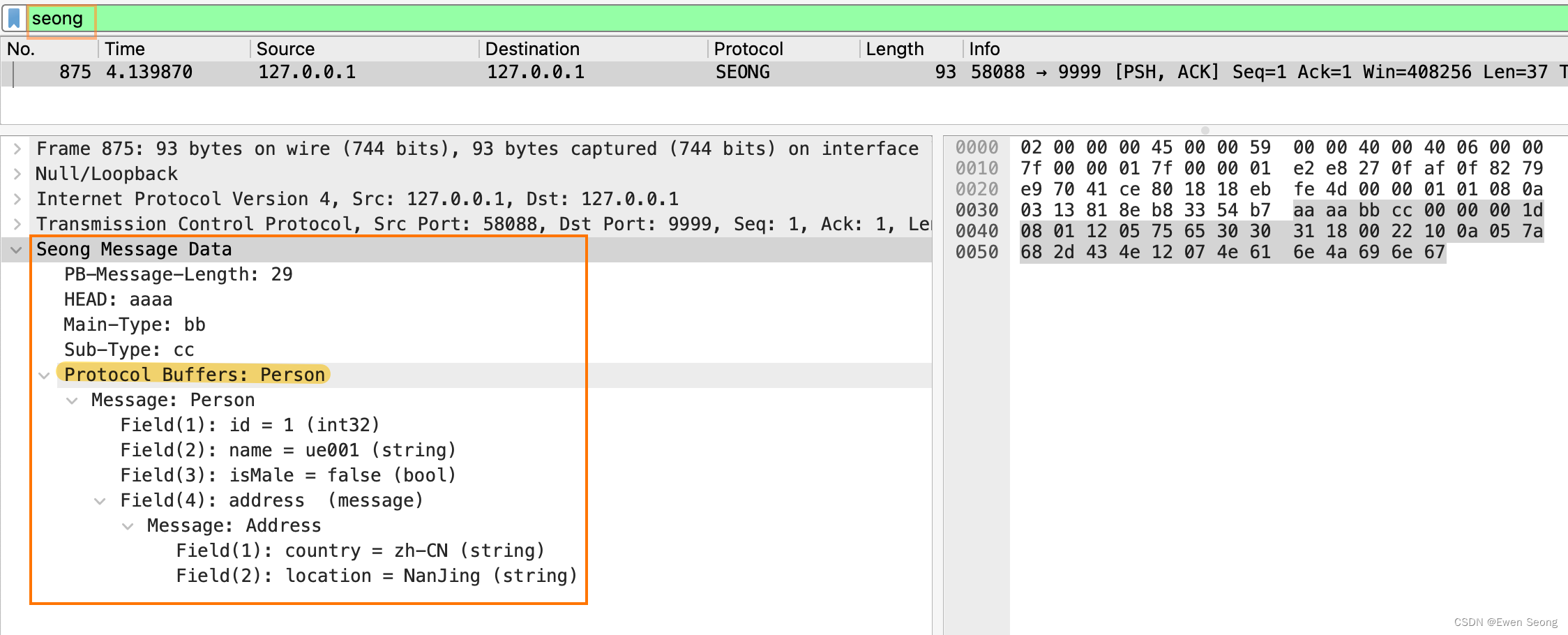
此时二进制数据已经通过树区域进行了展示, 与服务端解码后的消息保持一致。
3.6 扩展
本文中涉及的protobuf文件只有一个,实际上系统间的消息类型数以百计,因此需要对上述Lua脚本进行扩展以具备更好的通用性。
注意到定义消息时,添加了消息大类和消息子类两个冗余字段,可通过这两个字段与protobuf之间建立映射关系,即这两个消息确定了消息类型和解码方式。
local function matchedProtoType(mainType, subType)print("mainType:" .. mainType .. "subType:" .. subType)if mainType == "bb" thenif subType == "cc" thenreturn "Person";endelsereturn nilendreturn nil
end
定义一个函数,根据mainType和subType返回protobuf消息类型,相应地,Lua脚本中解析器的定义进行如下修改(将硬编码的Person类型改为通过matchedProtoType获取):
idslds_protocol.dissector = function(buffer, pinfo, tree)-- ...--sipProtoType = "Person";sipProtoType = matchedProtoType(mainType,subType)-- ...
end
本文主要介绍如何在wireshark中介绍自定义Lua插件,因此扩展这一部分不进行详细描述。后续在IO系列-Netty应用相关的文章中将介绍一个通过Netty实现子网穿越的案例;之后结合该案例对Lua插件的应用进行完整的阐述。

